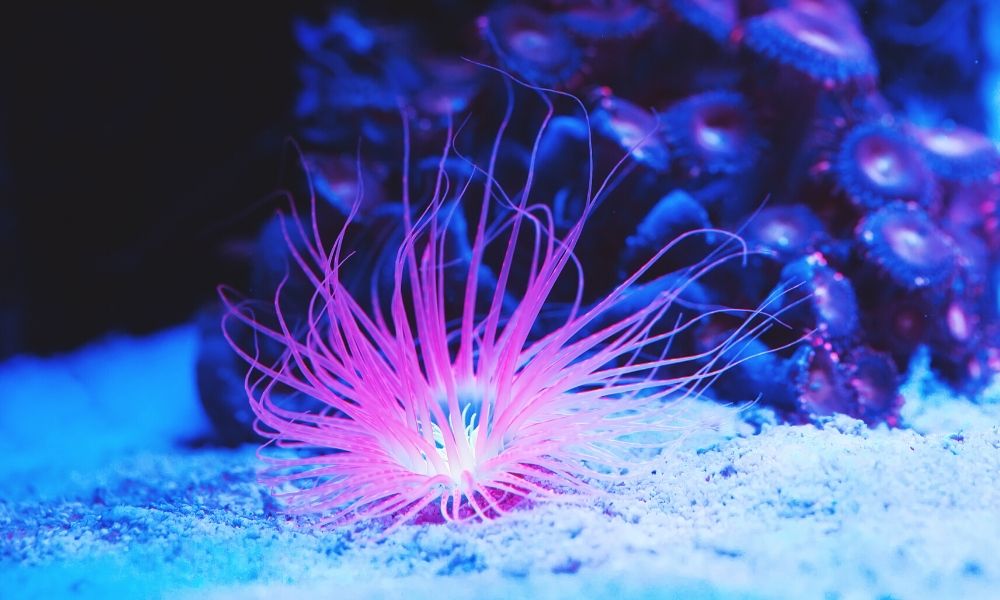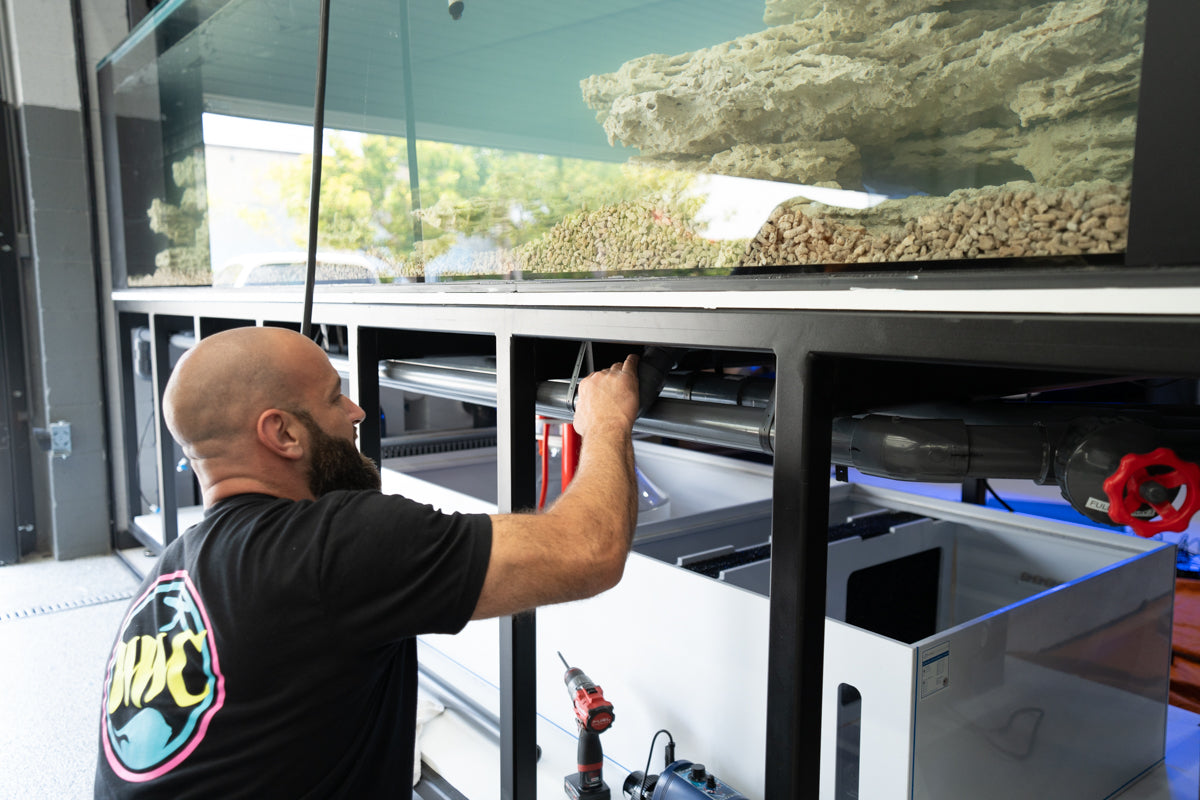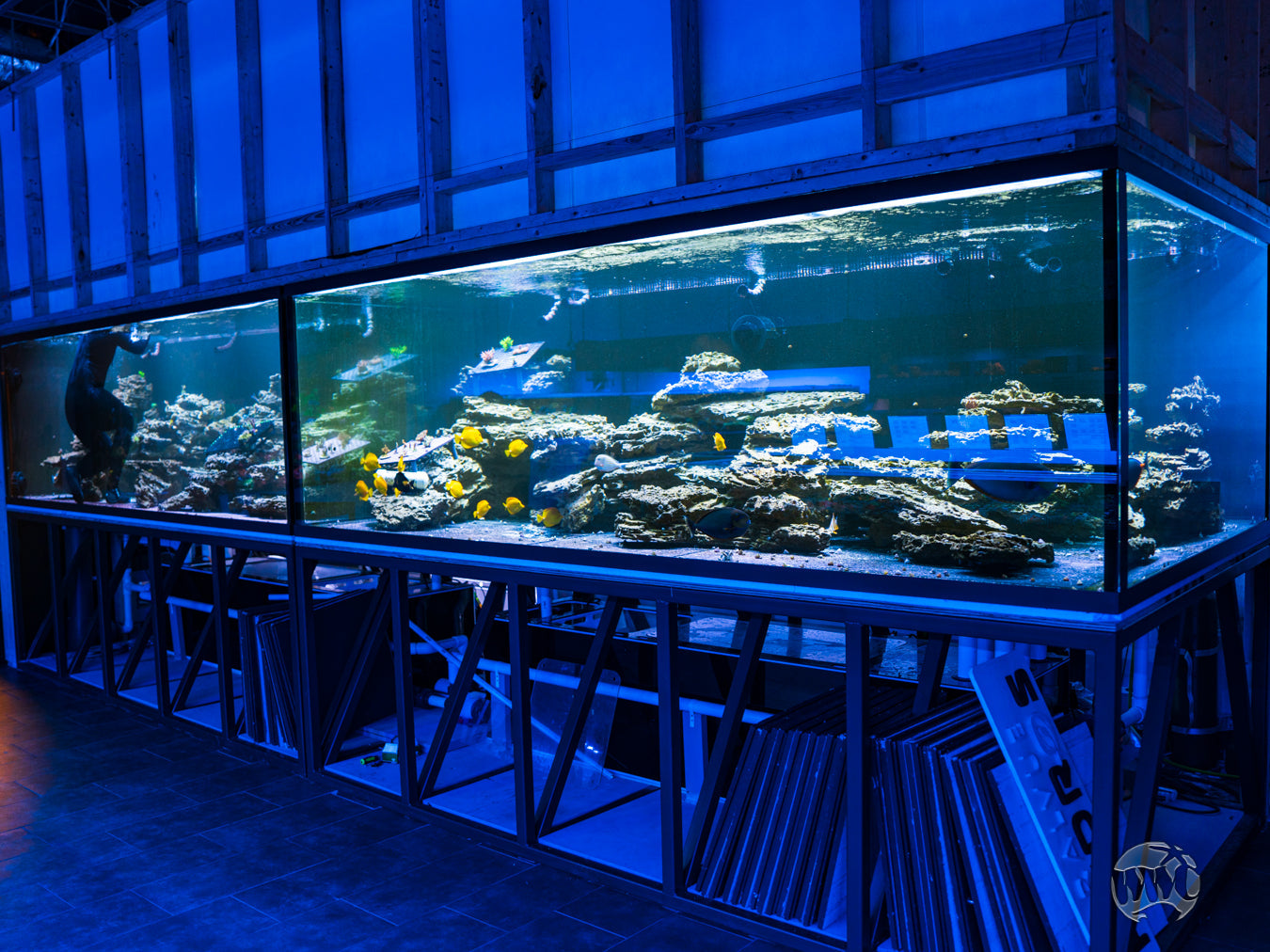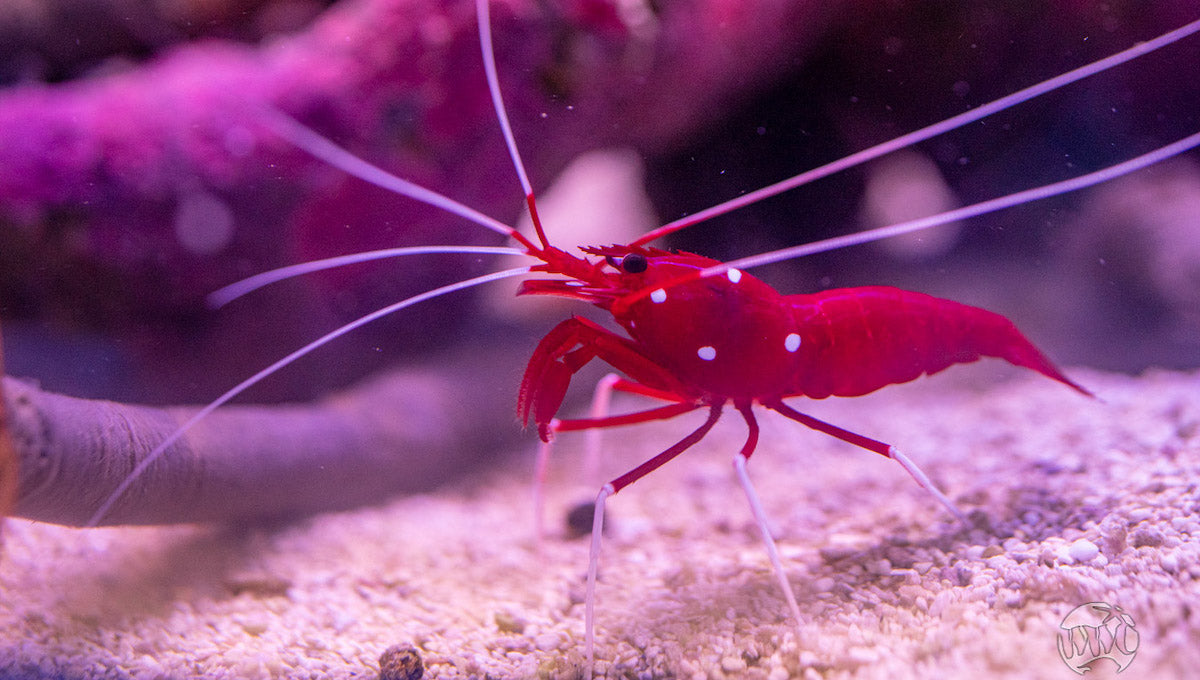
Frequent and quality water changes are a crucial part of maintaining the environment of your saltwater aquarium. No matter how often you clean your tank, toxins and nutrients that can make your marine life sick are still building up in the water. Even the most well-kept aquariums become dirty or contaminated after a bit of time, requiring a water replacement of at least 10 percent to keep toxin levels down. If you’re a beginner in the hobby and need a bit of advice to perform this process correctly, use these tips for changing the water in your saltwater aquarium.
Change Tank Water Regularly
As a rule, you should perform a 10 to 20 percent water change in your tank every one to two weeks. Doing so keeps the nutrient levels in the water stable and removes excess waste products from your fish. Failing to do so can begin affecting your marine life in negative ways—making them sluggish or even killing them. As such, making water changes a part of your regular maintenance is vital to the longevity of the aquarium.
Mix New Water in Advance
Introducing new water into an already established environment can be a bit of a shock for its inhabitants. For this reason, mix the new saltwater with the current chemical concentrations of your tank water in mind. Doing this will ensure that your specimens adjust to it properly. Mixing your new water ahead of time also allows you the ability to test it, compare it to the tank water, and add additional materials until it’s the right concentration.
Never Use Tap Water
Another tip for changing the water in your saltwater aquarium is to refrain from mixing your new saltwater using tap water as a base. While mostly safe to use for traditional home tasks, tap water contains a multitude of materials that can be harmful to fish and corals. Chlorine, which sanitizes our drinking water, is particularly dangerous for fish and can be hard to completely neutralize. Because of this, it’s necessary to begin mixing your new batch of water with bottled, deionized freshwater that you can purchase from your local aquarium store.
Monitor Temperature and Salinity
As you’re slowly adding the new water to the tank, make sure that you’re checking its temperature and salinity frequently to create a seamless transition for your fish. Aquatic species are especially sensitive to drastic temperature changes, so ensuring that the new water is as similar to the old water as possible is key to keeping them from going into shock.
It’s important to us at World Wide Corals that each person who orders from us has access to the resources to effectively complete their reef tank. Along with beautiful species of coral such as red montipora and zoanthids, we also provide our customers with the knowledge they need to maintain their aquarium setups. With these tools at your disposal, we hope that you have a positive experience not only with your build but with caring for it as well.




